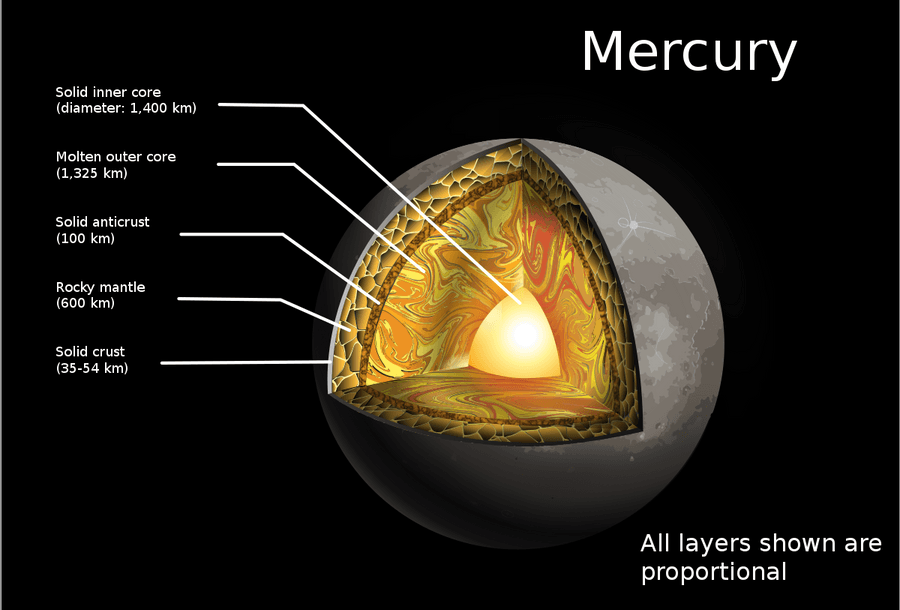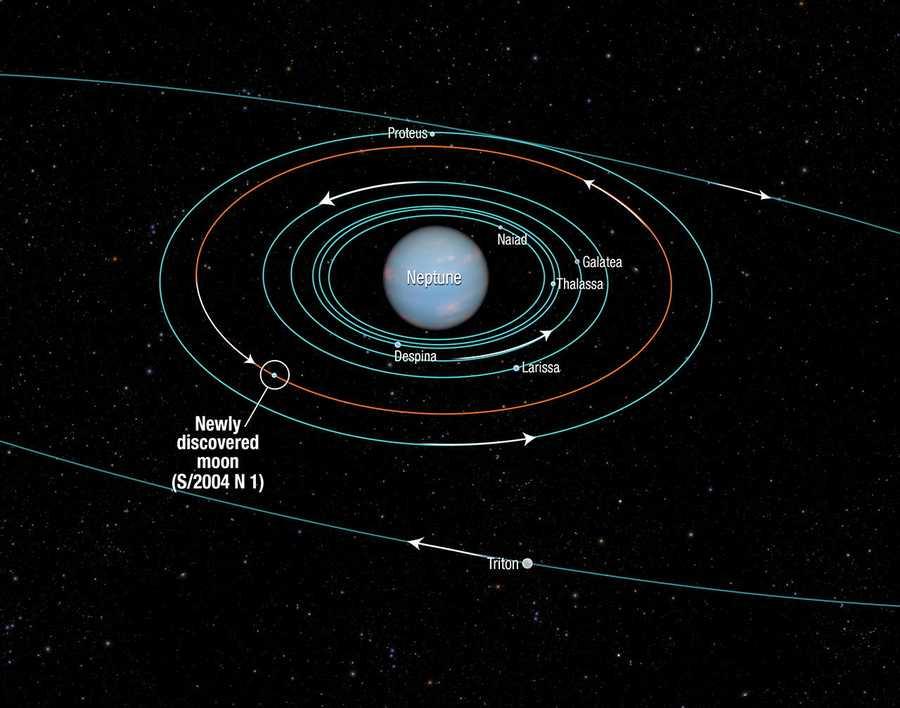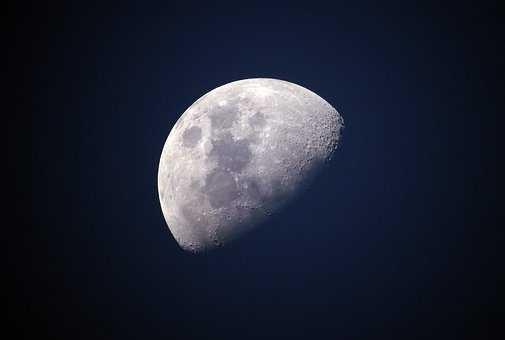Moons
Earth is the only planet that has a single moon. Our Moon is the brightest and most familiar object in the night sky. In many ways, the Moon is responsible for making Earth such a great home. It stabilizes our planet's wobble, which has made the climate less variable over thousands of years.
Earth sometimes temporarily hosts orbiting asteroids or large rocks. They are typically trapped by Earth's gravity for a a few months or years before returning to an orbit around the Sun. Some asteroids will be in a long “dance” with Earth as both orbit the Sun.
Some moons are bits of rock that were captured by a planet's gravity, but our Moon is likely the result of a collision billions of years ago. When Earth was a young planet, a large chunk of rock smashed into it, displacing a portion of Earth's interior. The resulting chunks clumped together and formed our Moon. With a radius of 1,080 miles (1,738 kilometers), the Moon is the fifth largest moon in our solar system (after Ganymede, Titan, Callisto and Io).
The Moon is farther away from Earth than most people realize. The Moon is an average of 238,855 miles (384,400 kilometers) away. That means 30 Earth-sized planets could fit in between Earth and the Moon.
13
4 reads
CURATED FROM
IDEAS CURATED BY
I'm passionate about helping people live their best lives. I'm a lifestyle coach & burnout coach.
The idea is part of this collection:
Learn more about technologyandthefuture with this collection
The differences between Web 2.0 and Web 3.0
The future of the internet
Understanding the potential of Web 3.0
Related collections
Similar ideas to Moons
Structure
Mercury is the second densest planet, after Earth. It has a large metallic core with a radius of about 1,289 miles (2,074 kilometers), about 85 percent of the planet's radius.
There is evidence that it is partly molten, or liquid. Mercury's outer shell, comparable to Earth's outer shell (c...
Moons
Neptune has 14 known moons, neptune's largest moon Triton was discovered on October 10, 1846, by William Lassell, just 17 days after Johann Gottfried Galle discovered the planet.
Since Neptune was named for the Roman god of the sea, its moons are named for various lesser sea gods and nymphs...
Theories on how the Moon formed
Before the Apollo mission research, there were three theories about how the Moon formed.
- Capture theory suggests that the Moon was a wandering body that was captured by Earth's gravity as it passed nearby.
- Accretion the...
Read & Learn
20x Faster
without
deepstash
with
deepstash
with
deepstash
Personalized microlearning
—
100+ Learning Journeys
—
Access to 200,000+ ideas
—
Access to the mobile app
—
Unlimited idea saving
—
—
Unlimited history
—
—
Unlimited listening to ideas
—
—
Downloading & offline access
—
—
Supercharge your mind with one idea per day
Enter your email and spend 1 minute every day to learn something new.
I agree to receive email updates



